New Mexico has many odd and unique aspects to its ski scene, but one of the more notable is the fact it is home to one of the few ski areas in the nation owned by an Indian tribe. That would be Ski Apache, overseen by the Mescalero Apache. And, the ski area itself is notable in being the southernmost major ski area in the United States, located at about the same latitude as Charleston, SC. This poses challenges in an increasingly warm climate, and to be truthful, conditions at this ski area located some 18 miles from the resort town of Ruidoso have been lean in recent years. But with a strong El Nino forecast for this winter, which tends to favor the Southwest versus the Northwest, the question on everyone’s mind is how’s the Ski Apache weather shaping up for this unusual ski area?
A Bit of History

Photo by Daniel Gibson
But first a bit of background. Ski Apache was launched as Sierra Blanca Ski Area in 1961 with a 2,000-foot T-bar. The Herculean effort was led by Kingsbury “Pitch” Pitcher, a member of both the New Mexico and Colorado Ski Halls of Fame, who went on to operate the Santa Fe Ski Basin and founded Wolf Creek, CO. Aiding him were the Aleut Indian Pete Totemoff and Lawrence Peebles, with financing provided by New Mexico raised oil magnet Robert O. Anderson. The state’s only gondola followed in 1963, giving it a respectable 1,900-foot vertical drop. In 1963, the Mescalero Apache tribe, whose traditional lands lay just outside of the national forest service boundaries, bought it.
Terrain Overview
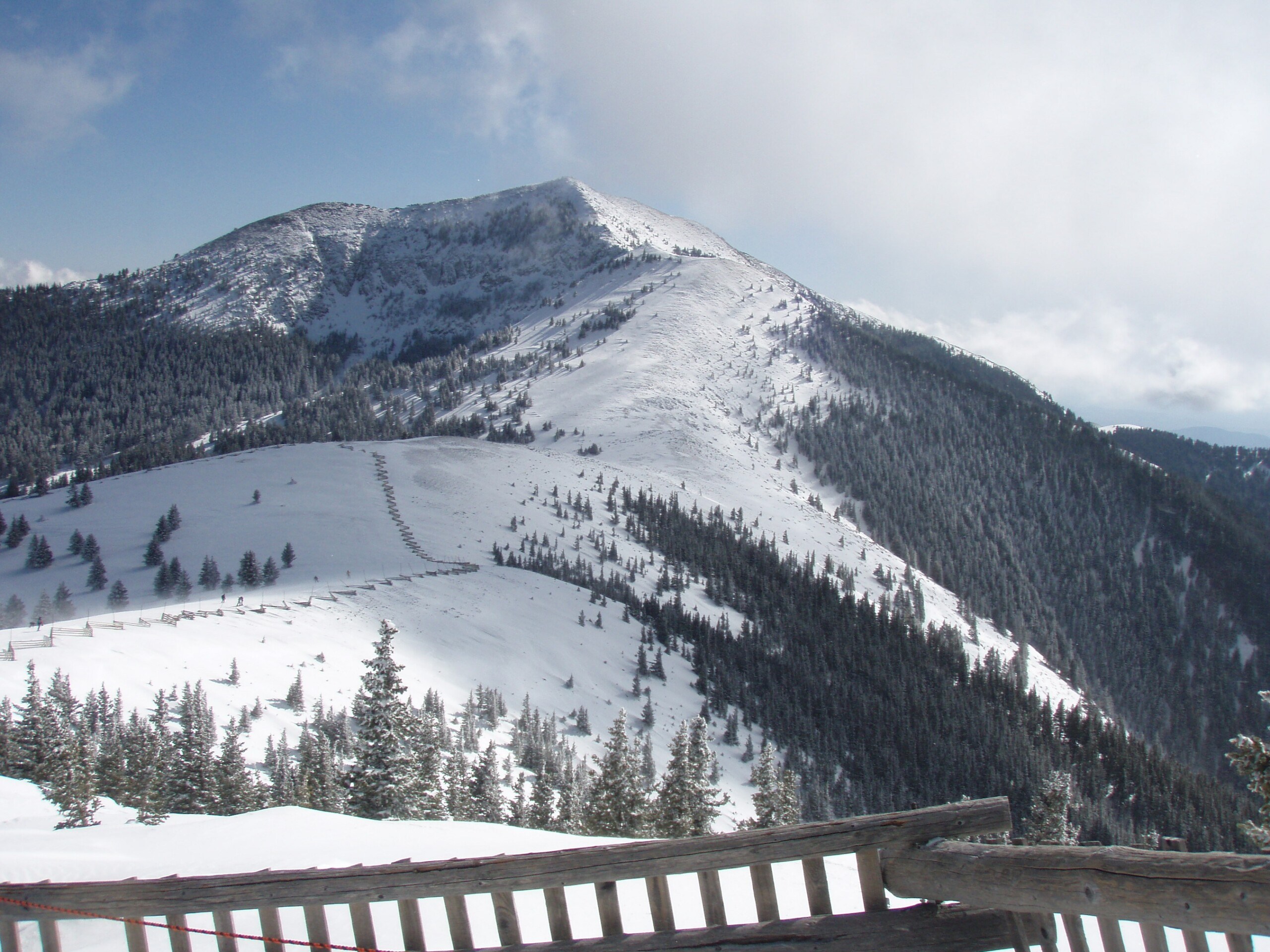
Photo by Daniel Gibson
Ski Apache has a good mix of terrain and types of runs, including a terrific bowl of intermediate terrain with natural halfpipe drains. It also features some steep mogul runs and even excellent tree skiing between the runs — when snow depth allows. Most skiers here hail from Texas, who avoid powder like the plague. So, if you catch a storm cycle it can be fantastically good for freshies fans, with untracked lines found all day. From the flanks of 11,981 foot-high Sierra Blanca (“White Mountain”) Peak, it provides stunning views some 7,000 feet below of White Sands National Park. The contrast of snowcapped peaks and sandy desert is truly something to behold.
Snow and Facility Conditions
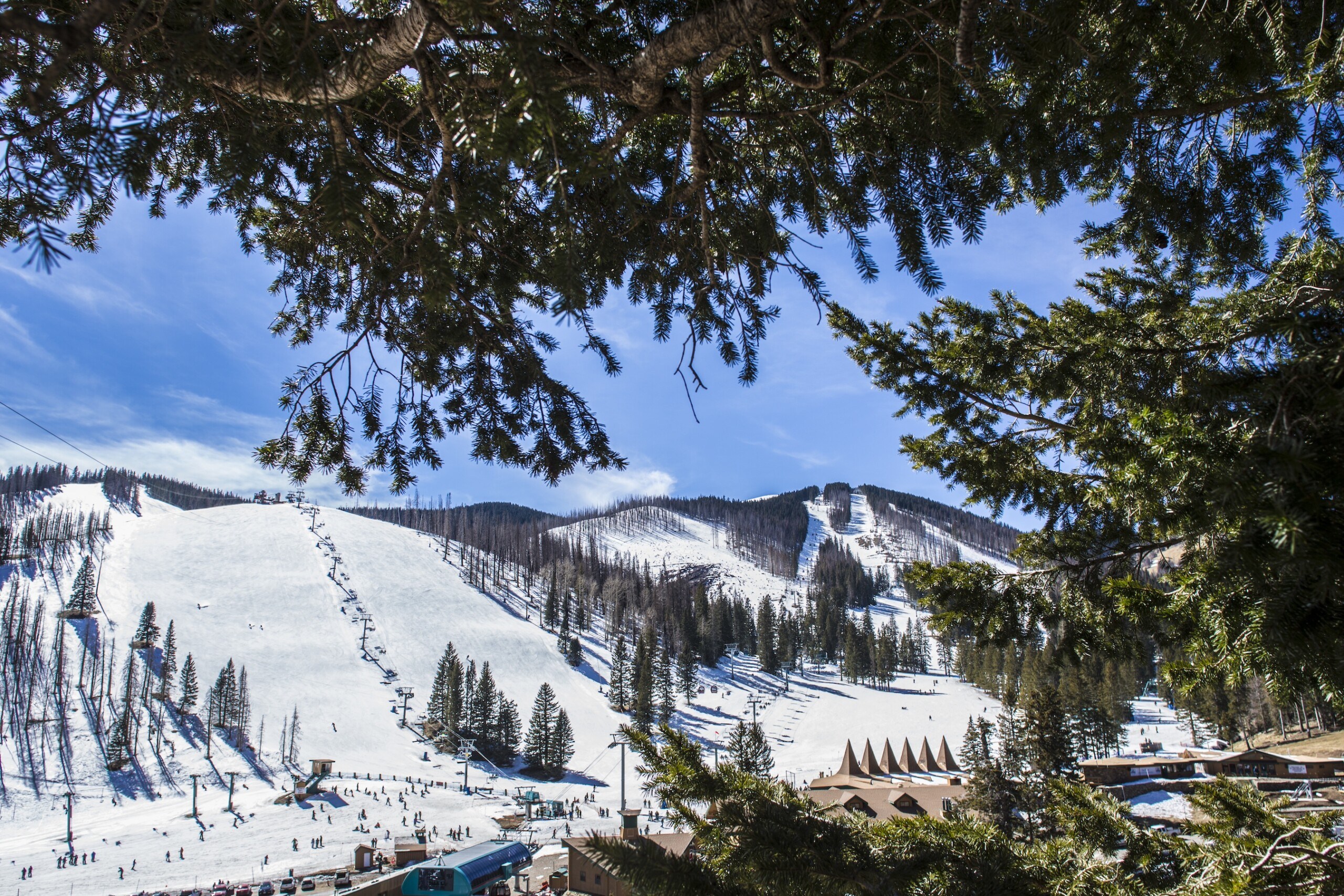
In previous decades it also enjoyed fairly consistent abundant snowfall, but good years are becoming increasingly scarce. With a base elevation of 9,500 feet, not particularly high for New Mexico, and copious sunshine, it can suffer through low-snow seasons. To compensate for lack of snow and therefore guests, it has cut back significantly in recent years on its services, staffing, and facility maintenance.
It often only opens its lower lifts and beginner terrain, even on weekends. Guests report long lines on weekends and holidays, from food to lifts to rentals. So, if Mother Nature delivers the goods this winter as expected, be sure to call ahead to verify open lifts and terrain. Only the current gondola (the original was replaced for the 2011-12 season) reaches the summit. This offers the only way to access terrain including Apache Bowl and the afore-mentioned expert runs. If it’s not running, expect far fewer runs available. And be wary of the resort’s snow reports. Its promotional materials say it gets 180 inches of snow a season. The data below says otherwise.
Deeper Look at Snowfall
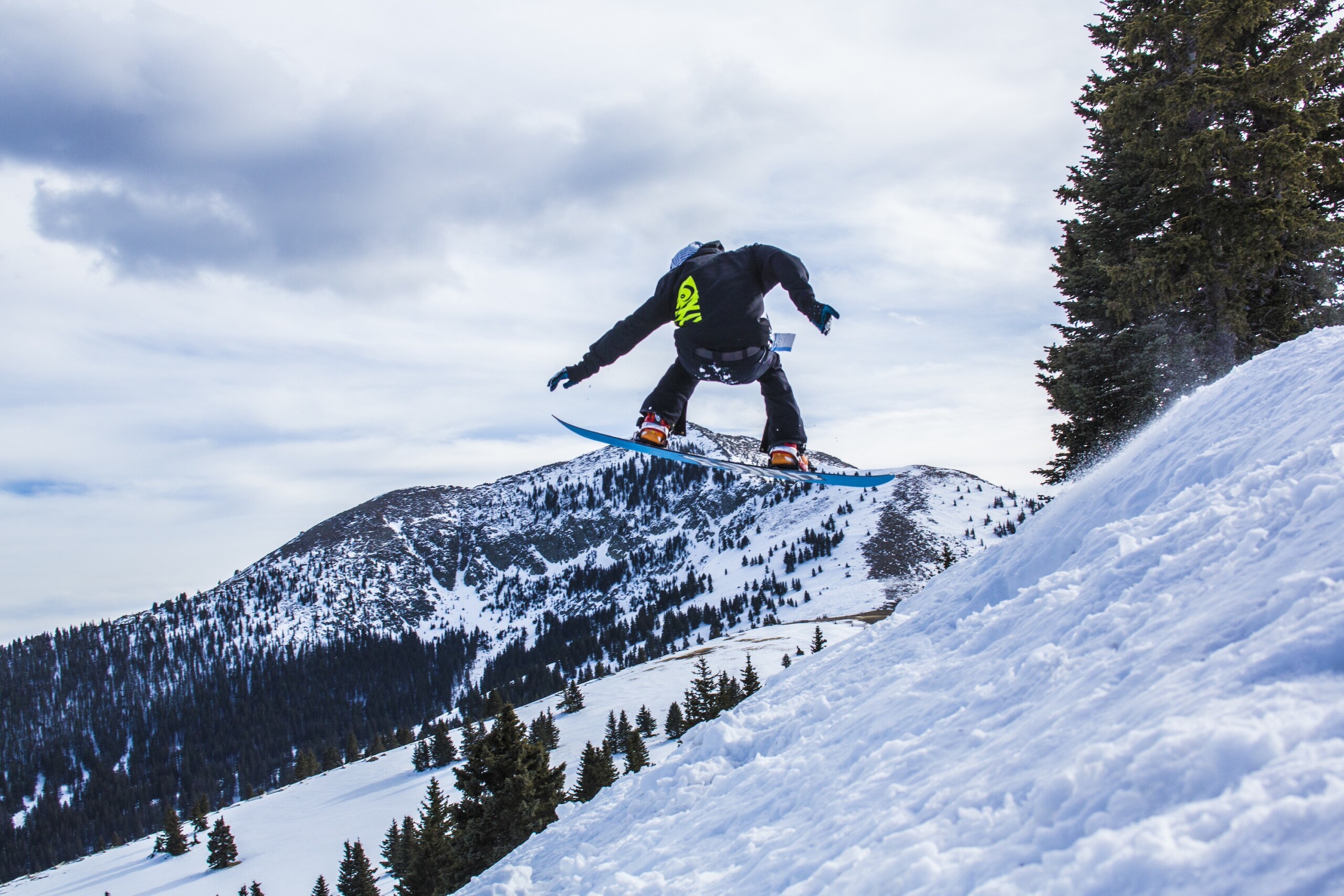
Photo courtesy Ski Apache
A deeper look into its snowfall patterns over the past decade for Ski Apache weather is illuminating. According to OpenSnow, over the previous 10 years, Ski Apache has averaged only 51 inches of snowfall from 13 storm days. The record single snowfall was 36 inches. December, January, and February average about equal monthly snowfall ranging from 15 to 18 inches. March has gotten just seven inches on average.
The deepest snow level usually occurs in January, measuring 36 inches. This has required the ski area to undertake ambitious ground clearing, and the skiing can be quite good on such a meager base, especially with a few inches of fresh on top. But it can also mean many runs, especially advanced terrain, might not open or open with very spotty conditions. Many skiers in the past five years report brown patches on open runs, so if it’s a marginal season, ride with caution.
Staff is Optimistic
“We are cautiously optimistic about this season,” says ski area spokesman and director of operations Ken Marlatt. “Sometimes El Nino plays out as predicted, other times not so much. We’ll take what God gives us.” As for snowmaking, he notes they cover the entire lower mountain’s beginner and intermediate terrain, which encompasses about 10 skiable acres. They also have the capacity to provide some coverage from the summit down. “Outside of the lower mountain, we try to get down a base and then let Mother Nature provide the rest.” The resort will operate all lifts and open all skiable terrain during holidays, he says. In January and February, they will operate on a Thursday-Sunday basis, and with limited terrain, unless it really dumps. They could then possibly open daily and run all lifts.
Hope Springs Eternal
The best year over the previous decade was the 2014-15 season, with 109 inches falling, according to OpenSnow. In 2019-20, it recorded 75 inches, and 2012-13 saw 62 inches. But last winter only 30 inches fell and most of the ski area never opened. It typically operates thru mid- to late March. The last really big winter was recorded in 2009-10, which was a strong El Nino year. With predictions of a major El Nino cycle this season, hope springs eternal for this novel ski area: the nation’s southernmost plunked down amidst the Chihuahua Desert of south-central New Mexico.
A great way to check out Ski Apache is to combine it with a visit to Santa Fe and its surprisingly excellent area, Ski Santa Fe. For details on what’s to see and do in Santa Fe during the winter, read this article https://localfreshies.com/santa-fe-winter-trip/





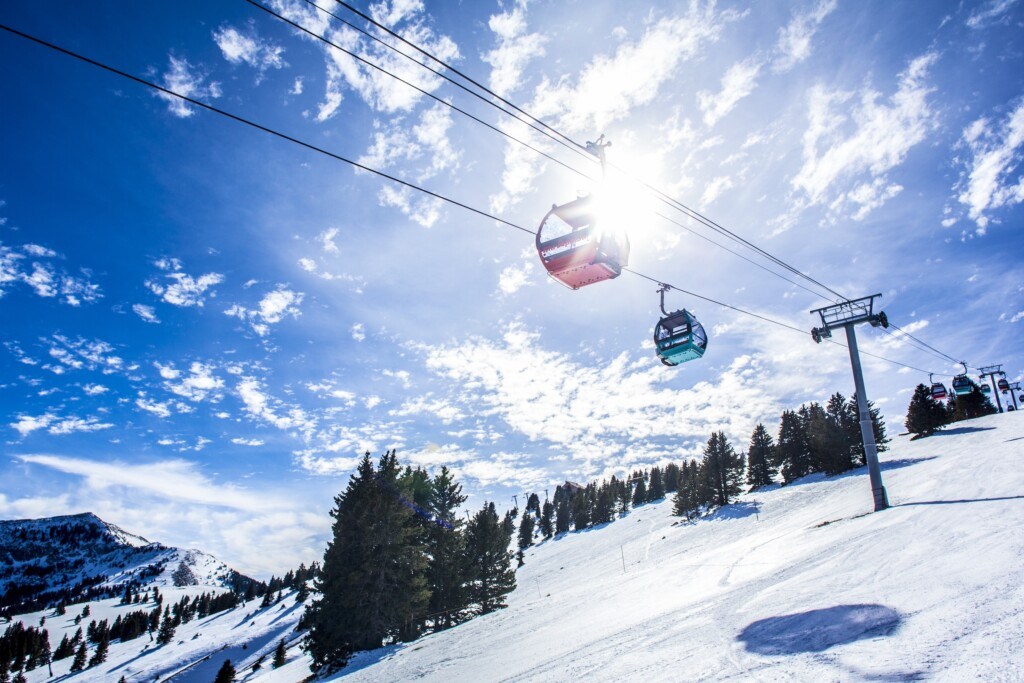

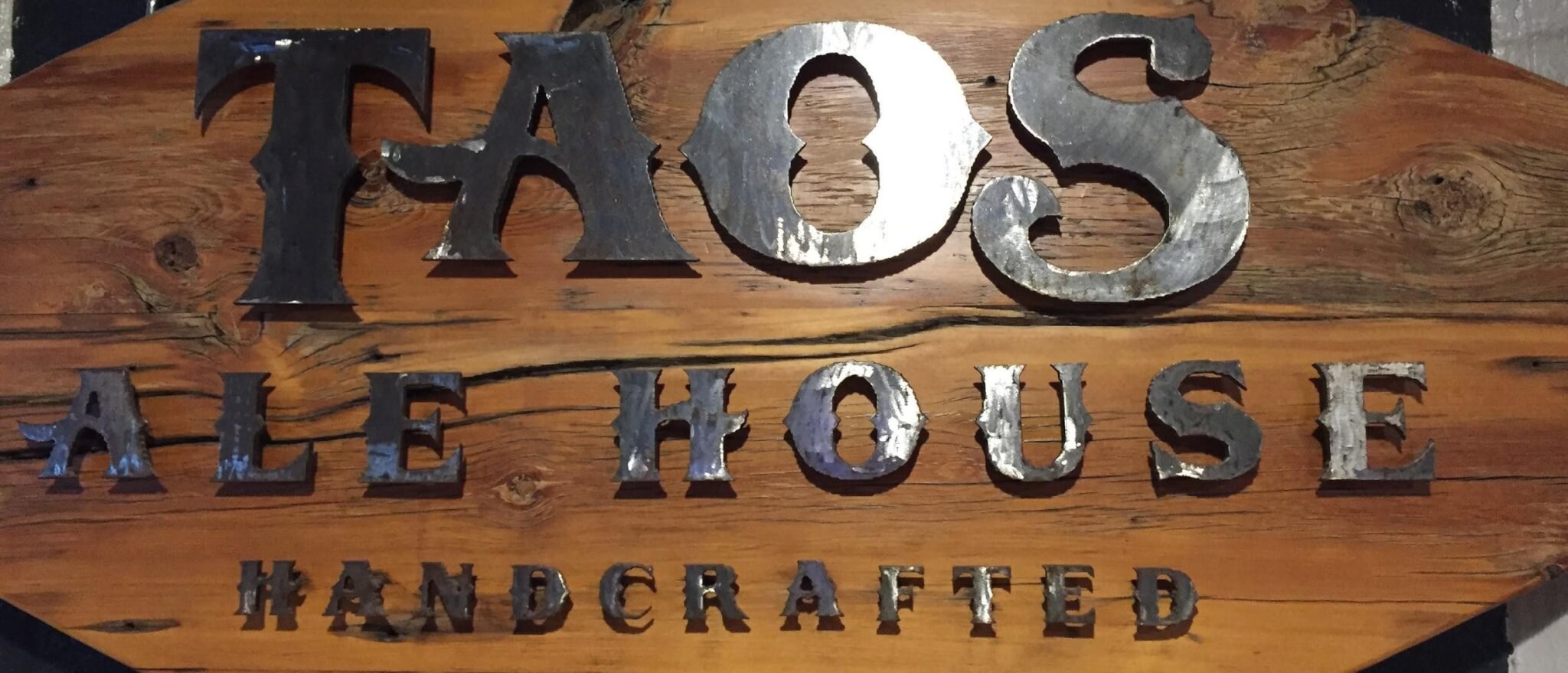
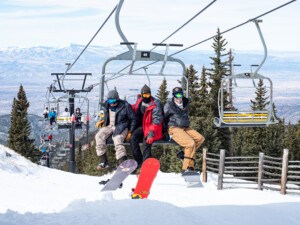

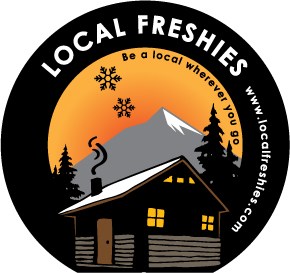

From the insightful commentary to the captivating writing, every word of this post is top-notch. Kudos to the author for producing such fantastic content.
My brother suggested I might like this website He was totally right This post actually made my day You cannt imagine just how much time I had spent for this information Thanks
I would claim that a true assistance is involved in producing excellent posts. It’s my first time visiting your website, and I’m amazed at how much research you did to produce such a fantastic article. Fantastic work!
How long have you been blogging? You make it appear effortless. Both the appearance and the content of your website are outstanding.
Thanks! I have been writing for more than 40 years, since long before blogs or the Internet existed! See my website (www.DanielBGibson.com) for examples, though my two latest books are not found there—I need an update!
While Ski Apache hasn’t seen its average of 15 feet in well over a decade, using open snows snow data isnt much better. Last season open snow showed a 123” season. And while I’ll argue, 120” is a good year and allows for top to bottom runs until closing (Xmas thru last weekend in March), I saw several days where big snows were completely ignored and therefore not reported. Even the resort web site itself doesn’t count snow on days it’s not open. Sadly, you must do it yourself if you want accurate snowfall data, in 2024 that’s pathetic. Even the snotel data has been bad due to fire damage.
That being said, Taos claims 300 yet averages half that these days yet we still have great snowpack and powder days. The main difference is the start of the seasons, where as it’s not normal these days to have open upper terrain before mid December, and I typically don’t consider skiing in New Mexico until mid Jan. We’ve had two good years in a row in New Mexico, including Ski Apache. I expect next year to be poor as it is supposed to be a La Niña. Now days it’s either one or the other every darn year, and that’s really ruining snow averages across the land of enchantment. Welcome to the new normal.
Cdman: Thanks for chiming in! I wish I had other sources for snow data, but that was the best independent source I could find. Ski Apache’s snow data, both recording and reporting, is pitiful, as are their notes on open runs and lifts operating. You can never figure that out in advance, which makes planning a visit with the assurance of actually getting to the summit and having more than a few choices down impossible. Even calling there often results in no answers. Thus, I’ve basically stop going. Made the drive from Santa Fe last time only to find the baby chair open and a run that took maybe a minute to get down. And you’re right about trends in general statewide. Often Christmas is marked by only a few runs open at Taos and Santa Fe. But good, mid-winter storms are still dependable; in fact it’s snowing right now with up to 13 inches overnight predicted at both areas.